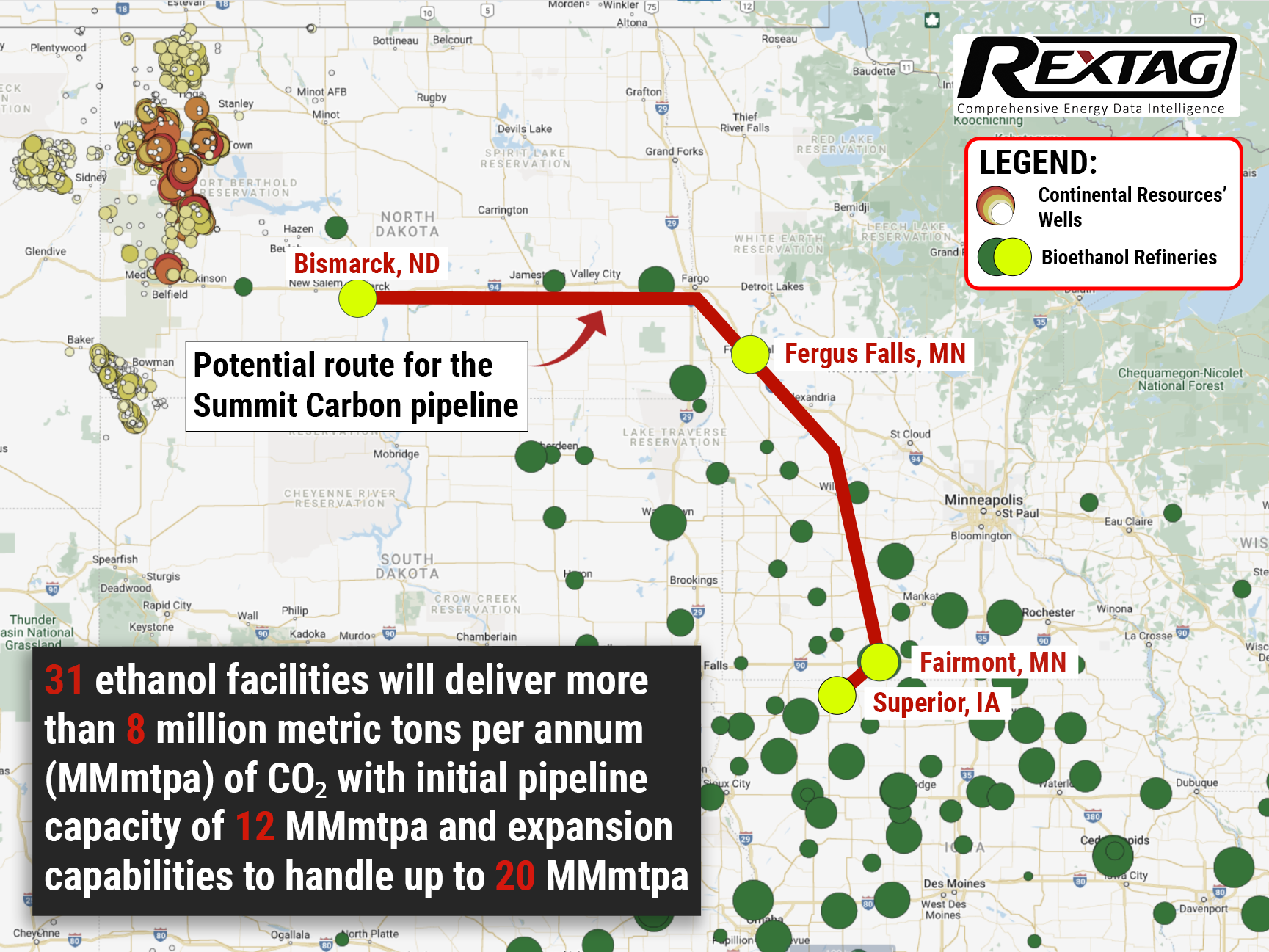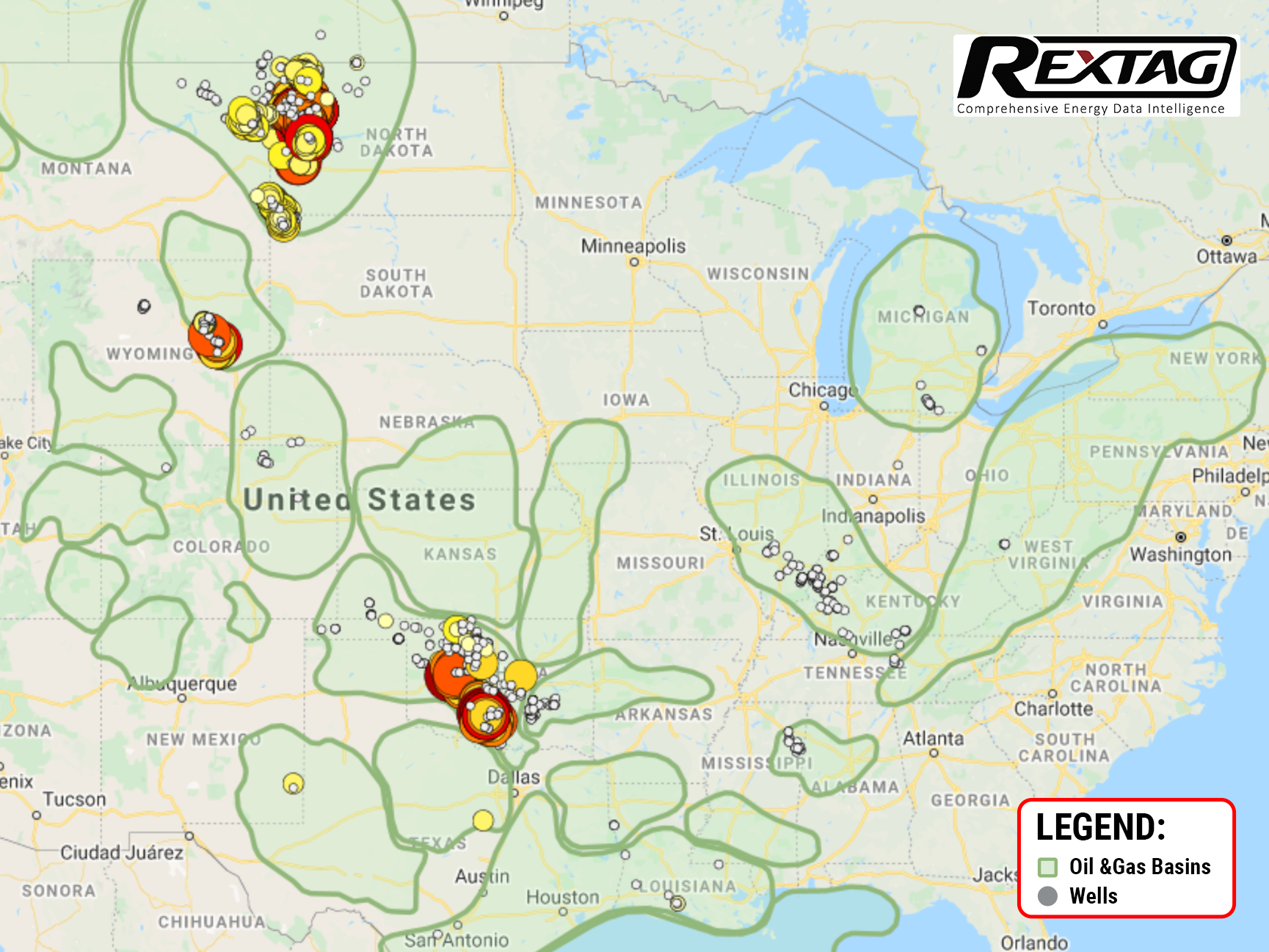Blog
Since days when shale oil and gas technologies were discovered, the U.S. energy industry has been evolving more rapidly than ever before. Many changes are amazing especially when you put them on an industry map. At Rextag not only do we keep you aware of major projects such as pipelines or LNG terminals placed in service. Even less significant news are still important to us, be it new wells drilled or processing plants put to regular maintenance.
Daily improvements often come unnoticed but you can still follow these together with us. Our main input is to “clip it” to the related map: map of crude oil refineries or that of natural gas compressor stations. Where do you get and follow your important industry news? Maybe you are subscribed to your favorite social media feeds or industry journals. Whatever your choice is, you are looking for the story. What happened? Who made it happen? WHY does this matter? (Remember, it is all about ‘What’s in It For Me’ (WIIFM) principle).
How Rextag blog helps? Here we are concerned with looking at things both CLOSELY and FROM A DISTANCE.
"Looking closely" means reflecting where exactly the object is located.
"From a distance" means helping you see a broader picture.
New power plant added in North-East? See exactly what kind of transmission lines approach it and where do they go. Are there other power plants around? GIS data do not come as a mere dot on a map. We collect so many additional data attributes: operator and owner records, physical parameters and production data. Sometimes you will be lucky to grab some specific area maps we share on our blog. Often, there is data behind it as well. Who are top midstream operators in Permian this year? What mileage falls to the share or Kinder Morgan in the San-Juan basin? Do you know? Do you want to know?
All right, then let us see WHERE things happen. Read this blog, capture the energy infrastructure mapped and stay aware with Rextag data!
Continental Resources Becomes Private, Harold Hamm Purchases it for $4.3 Billion
Continental ResourcesInc. agreed to be purchased by its founder, Harold G. Hamm, in a $4.3 billion cash deal that would take the U.S. shale giant private. On October 17 Continental, based in Oklahoma City, concluded an agreement to be acquired by Omega AcquisitionInc., an entity owned by Hamm, for $74.28 per share. The offer price denotes a 15% premium to the closing price on June 13 — the day before Hamm’s family revealed their initial $70 per share proposal. Even with the proposed incremental leverage from the buyout, CLR would be almost 0.6x leveraged in 2023, and expected FCF, even before assuming reduced costs from going private (else dividend), would have the term loan repaid in about 1.5 years. As a private company, Continental should have greater freedom to operate, particularly in areas such as exploration. Being a chairman of Continental Resources, Hamm and his family own 83% of the company’s stock. Based on the shares outstanding as of October 12, the tender offer would be for almost 58 million shares of common stock, according to the Continental release. The tender offer values Continental at roughly $27 billion. The offer price is slightly under Siebert Williams Shank & Co. LLC’s $75 price target and compares to the consensus price target of $72.86 on FactSet and $71.73 on Bloomberg.
Continental Resources Inc. Invests a Quarter of a Billion Dollars in a Sequestration Project in North Dakota
The investment will happen in the next 2 years. The project intends to capture CO2 from ethanol plants and other sources in Iowa, Nebraska, Minnesota, North Dakota, and South Dakota. Upon aggregation, CO2 will be transported via pipeline to North Dakota, where it will be stored in subsurface geologic formations. The formations will be in the Williston Basin, where Continental Resources has been a dominant producer for more than half a century. At the moment it’s the world's most ambitious carboncapture venture of its kind. The sequestration itself should be underway by spring 2024.
Continental Resources Raises Dividends Following a Quarter of Profit
The future of shale is looking bright: economic recovery and a spike in travel lifted oil prices to multi-year highs, helping Continental Resources to a fourth-quarter profit that exceeded Wall Street expectations. Coming off such a high note, the company plans to increase its dividend rates by 15% to 23 cents per share!

.png)

